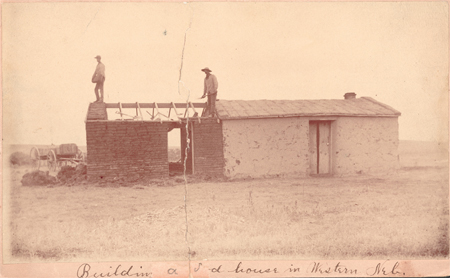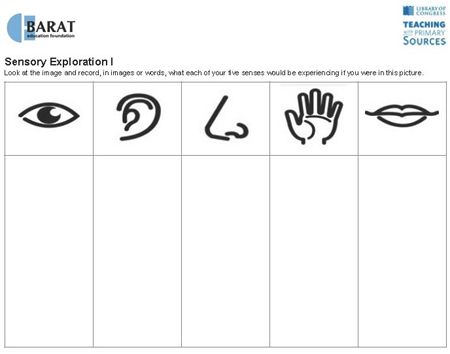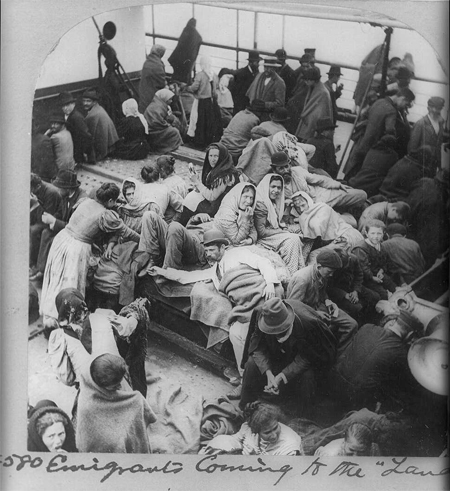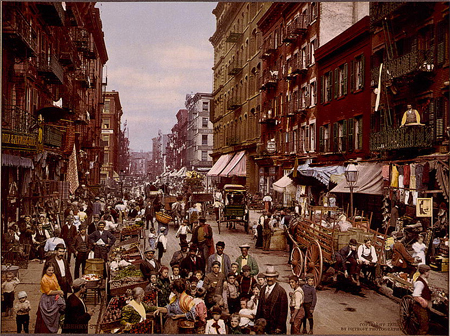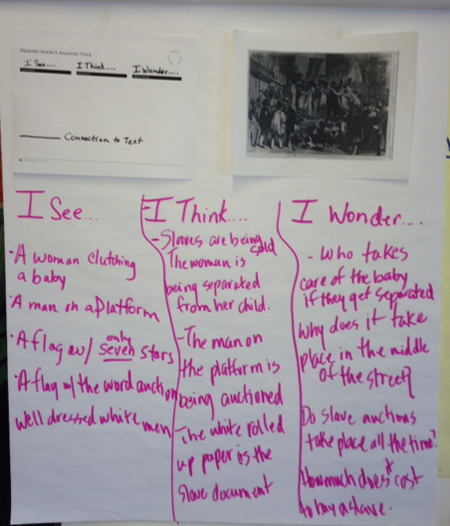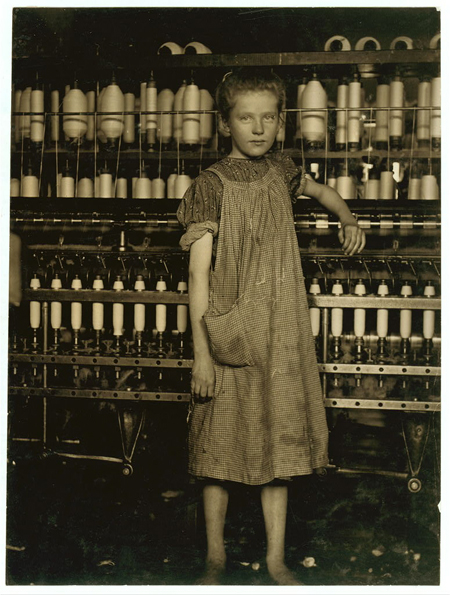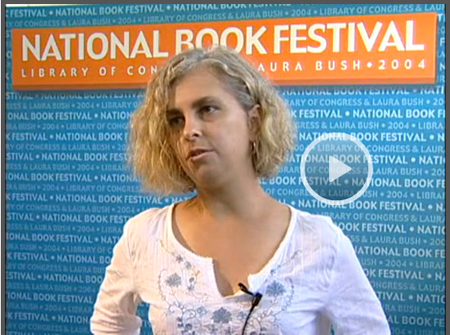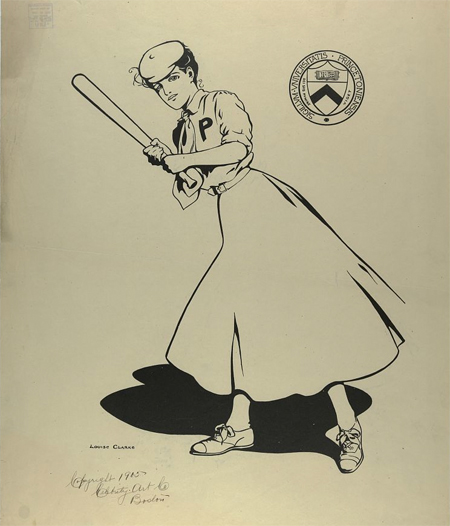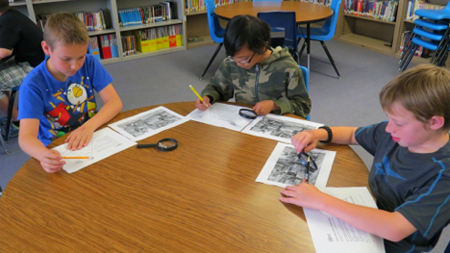Teaching Now: Determining the Main Idea of a Text
This is a guest post from Glenn Jensen, a national board certified U.S. and world history teacher at Kennedy High School in Chicago, Illinois. Glenn has developed an exercise that is a great way to begin analyzing primary source texts because it has students focus on what they know, what they can extrapolate from that knowledge,…


